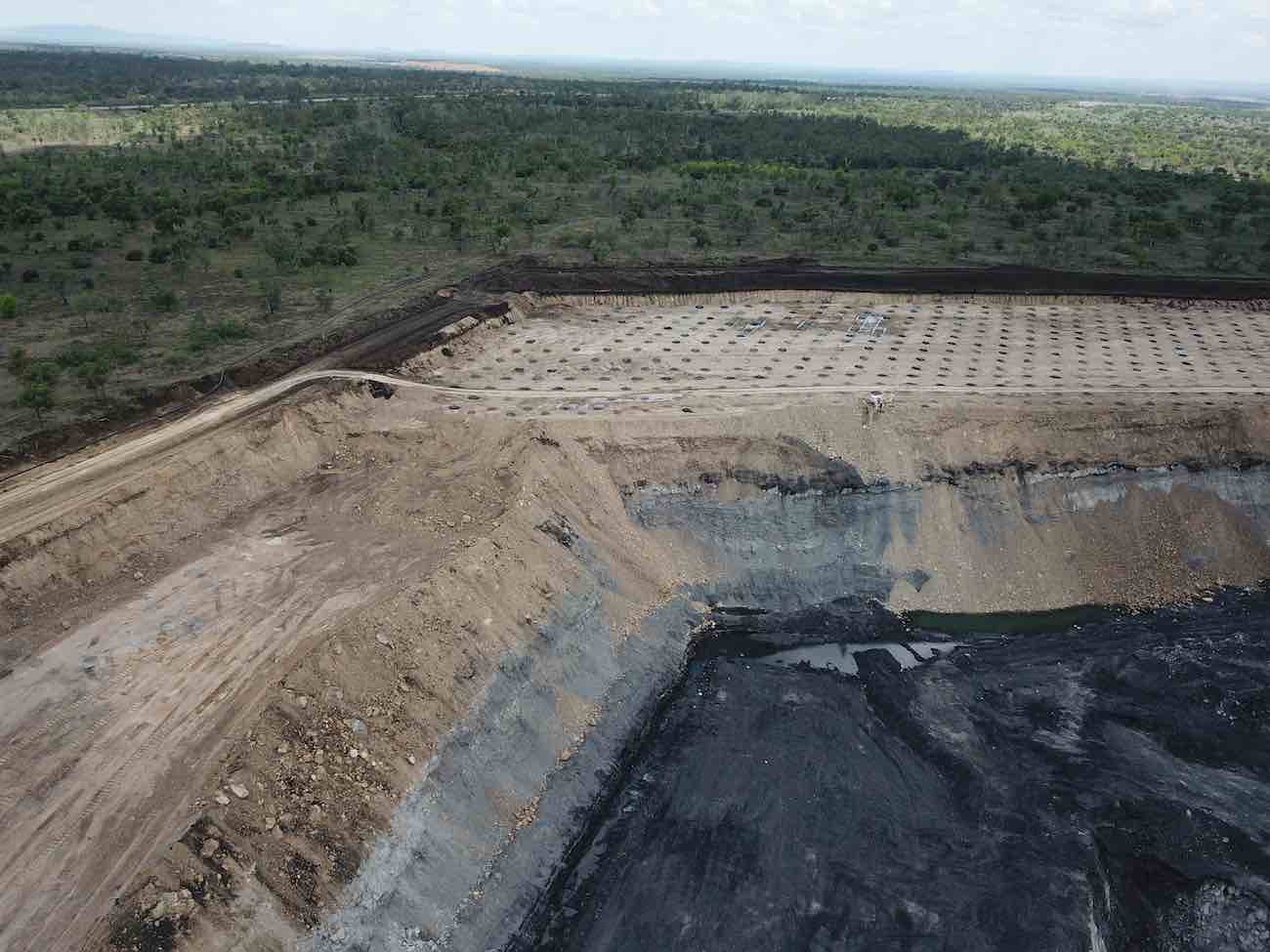
Blasting in mining is a chemical and physical process that occurs through the firing of explosives. It breaks mineral-bearing materials. These materials can be coal, ore and mineral stone. Blasting fragments materials, splits off rock blocks, and demolishes existing structures. The process of blasting goes through blast design prior any blasting operation.
The design of a blast operation includes:
Explosives placing occurs in different parts. It can be in drill holes of the rock mass or may be locate on the surface of the rock mass. Effective blasting also depends on location of the explosives. Placing the charge in a borehole needs a specific charge up to 10 times in excess. If placed it can reduce to at least 3 times for an appropriate lay-on charge. A blasthole is a cylindrical opening drilled into rock for placement of explosives. Blast hole dewatering must happen before charging. It’s performed using compressed air operated pumps or electrical submergible impellent pumps. It is important to achieve a prescribed blasthole inclination. In some types of blasting an angled hole is used. This is because it is easier to break the toe and achieve better fragmentation. Drilling and blasting costs are lowered due to increased burden and a stable bench edge. The blaster or shotfirer is the qualified person in charge of a blast. This article discusses explosives used in mining, air blasting and solid blasting techniques.
What explosives are used in mining?
Explosives used in mining are chemical compounds or mixtures that reacts at high speed. This liberates gas and heat resulting in high pressures. High explosives detonate whereas low explosives deflagrate. Both high and low explosives initiation is by a single No. 8 blasting cap. As opposed to blasting agents which cannot be so initiated. Blasting agents also include slow burning compositions used for initiation systems. These are detonators, detonating relays and fuse heads. Classification of explosives is into four main groups:
Characterisation of explosives depends several factors. Density, detonation velocity, explosive heat, mass strength, critical diameter and water resistance. The total amount of explosive used for a specific task varies. This also affects explosive performance and fragmentation results.
What is air blasting in mining?
Air blasting in mining is a method of blasting in which compressed air at very high pressure is piped to a steel shell in a shot hole and discharged. It is often called air overpressure. An air blast is the airborne shock wave generated by an explosion. In underground mining, after an explosion a strong rush of air follows. Air is also caused by the ejection of air from large underground openings. This occurs due to the sudden fall of large masses of rock, collapse of pillars and slippage along a fault. A strong flow of air is pushed outward from the source of an explosion. There are four main types of air blast overpressures:
The most damaging cases of air blast happen due to unconfined surface charges.
What is solid blasting in mining?
Solid blasting in mining is a method used for blasting in coal faces. It consists of 12 to 15 shot holes, drilled in a pattern in the coal face equal to the gallery width. Certain explosives and millisecond delay detonators are used for solid blasting. Wedge-cut is the most popular where a set of shot holes get drilled in a wedge pattern with an optional stab hole. The initial free face is created by blasting the wedge shot holes. The detonators used are of the lowest delay interval available. The cut area initiation occurs first using detonators of lower delay number. It is then enlarged to the gallery size. More shot holes firing happens using detonators of higher delay number in the desired sequence. Fan cut is another shot hole pattern used for solid blasting in mining. Solid blasting happens during development. It is for creating split galleries in pillars during de-pillaring operations. Charing of shot holes happens with explosive cartridges charged end-to-end. Indirect initiation happens with wedge cut patterns yielding 10 to 16 MT of coal in a blast. Shot holes depths vary from 1.2 to 1.6 m with a largest of 1.8 m. The longer the shot hole the higher the charge per shot hole permissible. There are shortcomings to using the solid blasting method. These include low output of coal in a blast. There are higher quantities of explosives and detonators consumed per tonne of coal mined. On the flipside, there are advantages. Low capital costs, flexible operations, applicable in steep and dipping coal seams. Delayed blasting of shot holes reduces damage to the roof. Delayed blasting provides time for burden to be displaced more efficiently.
GRT continues to provide you with industry articles on different aspects on blasting and drilling in mining. We commit to publishing a series of articles on related content in the coming weeks. Reach out to us with your blasting and drilling related questions. Where dust is a concern on your mine site do not hesitate to contact us. Dust control at blasting operations saves lives. Dust kills and reality is that it should be eliminated at the source. Be sure to follow our weekly industry articles for more content on blasting and drilling in mining.
Your feedback is important to us. If you enjoyed reading this Global Road Technology industry update and found it informative, please let us know by leaving a REVIEW.
REFERENCES
Ghose, A.K., and Joshi, A. 2012. Blasting in Mines – New Trends. CRC Press- Taylor & Francis Group. The 10th International Symposium on Rock Fragmentation by Blasting.
Singh et al. 1993. Blasting in Ground Excavations and Mines. A.A. Balkema/Rotterdam.
Singh et al. 2013. Blasting using permitted P5 category explosive having higher air gap sensitivity with spacers for higher output. Rock Fragmentation by Blasting.
Zhang. Z-X. 2016. Rock Fracture and Blasting. Theory and Applications. Elsevier.
Are environmental regulations, health and safety concerns or potential profit loss a concern right now?
Contact Us Now